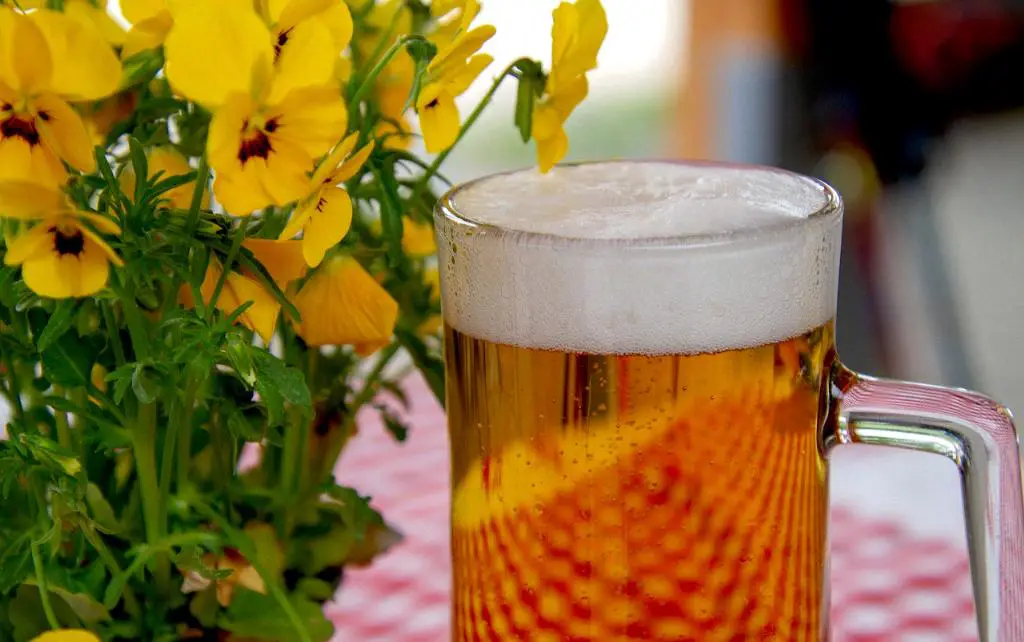Amber ale and pale ale, although similar in some respects, are not the same. These two beer styles have distinct characteristics that set them apart from each other. In this article, we will explore the differences between amber ale and pale ale, delving into their appearance, flavor profiles, and brewing techniques.
Appearance
One of the most noticeable differences between amber ale and pale ale lies in their appearance. As their names suggest, amber ales have a darker hue than pale ales. While amber ales exhibit a rich, coppery color reminiscent of amber gemstones, pale ales have a lighter, golden color that leans towards pale yellows. These hues are a result of the malt used in each style, which brings about variations in color.
Flavor Profile
When it comes to taste, both amber ale and pale ale offer unique flavor experiences. Amber ales tend to be maltier, providing a rich and slightly sweet taste on the palate. The use of caramel or toasted malts contributes to the complex flavors found in amber ales. On the other hand, pale ales are known for their hop-forward character. They deliver a more pronounced bitterness and a crisp, refreshing finish. The hop varieties used in pale ales impart floral, citrusy, or piney notes.
Mouthfeel and Finish
Another aspect where amber ale and pale ale differ is in their mouthfeel and finish. Amber ales, due to their maltiness, typically have a fuller body and a smoother texture. This creates a sense of depth and richness when sipping an amber ale. Pale ales, on the other hand, tend to be lighter-bodied and have a drier finish. The emphasis on hops in the brewing process contributes to a crisp and more refreshing mouthfeel.
Brewing Techniques
The brewing techniques employed for amber ale and pale ale also contribute to their distinguishing characteristics. Amber ales are commonly brewed using a blend of malt varieties, including crystal and roasted malts, which lend them their darker color and malt-forward flavor profile. In contrast, pale ales utilize a larger proportion of pale malts, which impart a lighter color and allow the hop flavors to shine through.
Purpose and Pairings
Considering their unique flavor profiles, amber ales and pale ales pair well with different types of cuisine. The maltiness of amber ales makes them a great match for heartier dishes such as grilled meats, stews, or aged cheeses. The caramel and toffee notes in these beers can complement the richness of the foods. Pale ales, with their hop-forward nature, are often enjoyed alongside spicy dishes, seafood, or lighter fare like salads. The hop bitterness cuts through the flavors, providing a refreshing and contrasting taste experience.

Conclusion
To summarize, while amber ale and pale ale may seem similar at first glance, they are indeed distinct beer styles. Their differences in appearance, flavor profile, mouthfeel, and brewing techniques make them unique and suitable for different occasions and preferences. Whether you prefer the maltiness and deep color of an amber ale or the hop-forward brightness of a pale ale, both styles offer a delightful beer-drinking experience worth exploring.
